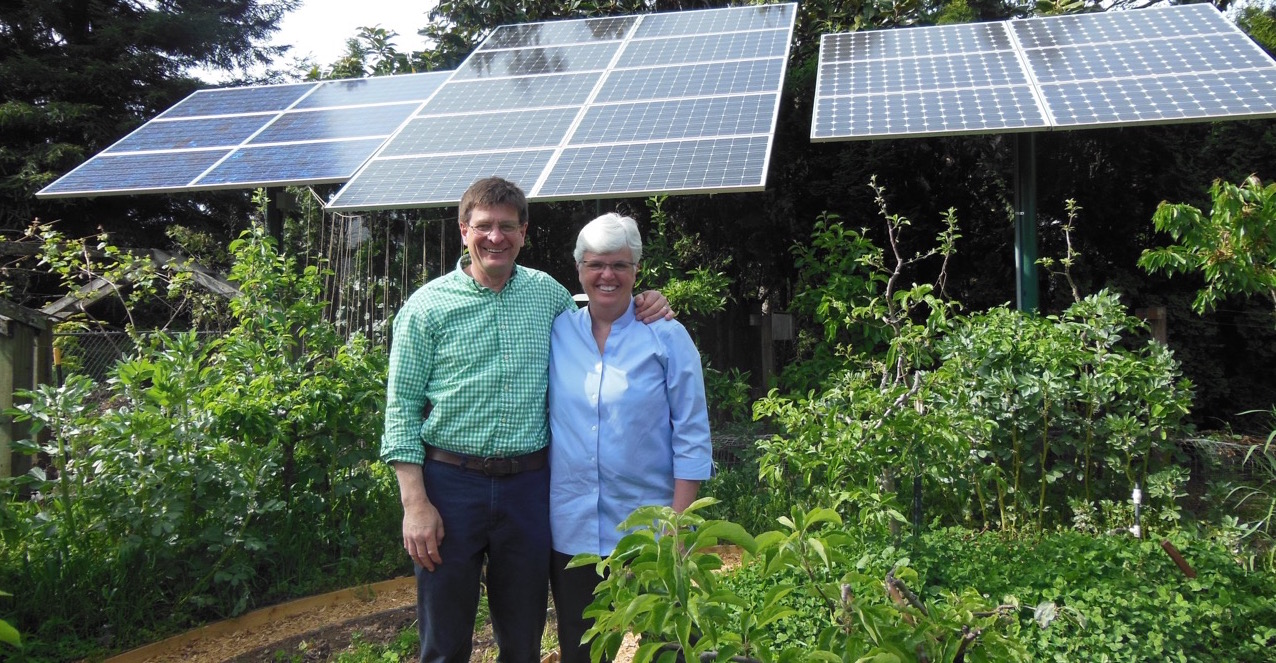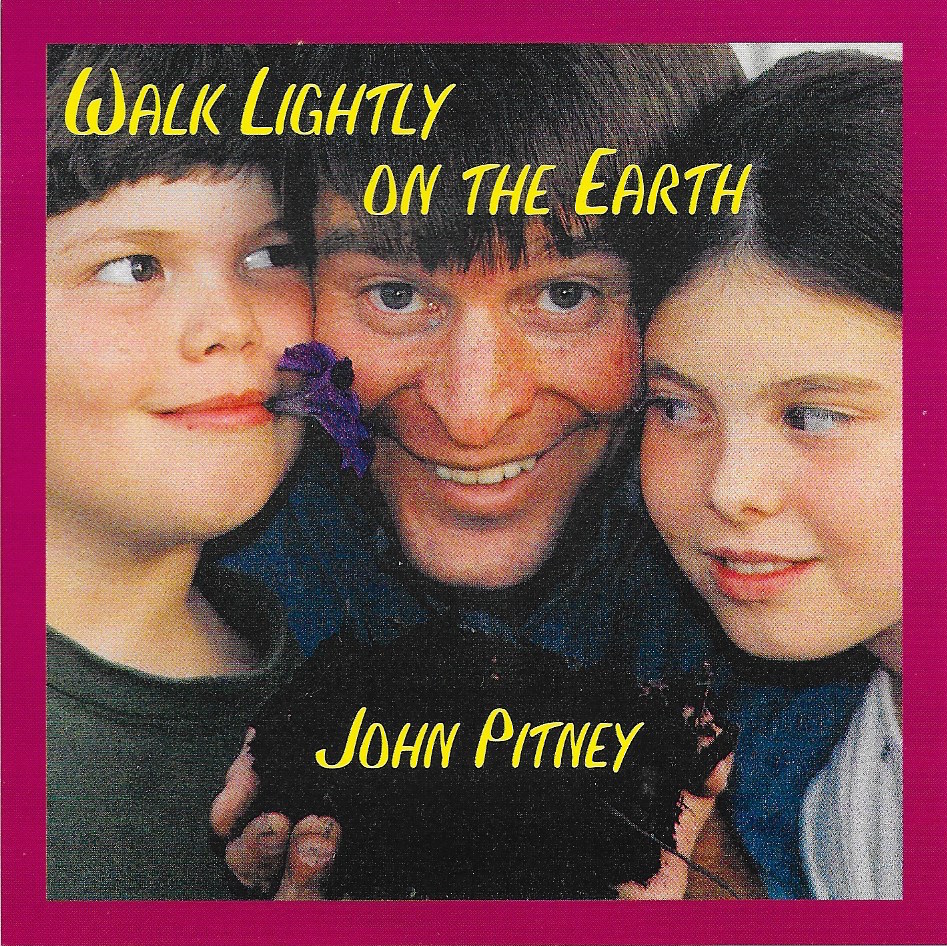Air
The gaseous realm,
The atmosphere, the planet’s membrane.
The inhale and the exhale.
Breathing out carbon dioxide to the trees
And breathing in their fresh exudations.
Oxygen kissing each cell awake,
Atoms dancing in orderly metabolism, interpenetrating.
That dance of the air cycle
Breathing the universe in and out again,
Is what you are,
Is what I am.
-Joanna Macy
The fourth segment of Pitney Passive House: The Movie, is titled HRV. It’s not a disease. It could stand for Home of Resuscitated Vicars or House of Rogue Visionaries. Either could work given our retired clergy status. But no, HRV is Heat Recovery Ventilator.
On this subject, I recently received a question from one who viewed the first three segments of the movie: “In Mother Jones magazine 35 years ago,” she says, “I read of a house a family had gotten too airtight so there wasn’t enough exchange of stale and fresh air. How does this construction deal with that?” I repeat the question, because it is a very logical query. And we hear the same question all the time from interested people.
How do we keep a building that only leaks air at a rate of .51 air changes per hour from becoming a moldy ball of uninhabitable black slime? Of course, like the planet’s membrane, the skin of a home needs the inhale and exhale, and a Passive House does breathe – exceptionally well. But rather than breathing unknown volumes of air through uncontrolled leaks, Passive Houses breathe controlled air by mechanical ventilation, effectively the “lungs” of the building. A Passive House constantly sips fresh air in and exhausts stale air back out.
The HRV (Heat Recovery Ventilator) runs 24/7, replacing one-third of the house’s air every hour. Exhaust air from bathrooms and kitchen doesn’t mix with incoming air supplied to bedrooms and living areas. As the two streams pass each other, energy is exchanged, making the Passive House one of the healthiest building standards in the world.
In this segment, builder John Mead shows us the guts of the system while still under construction. Again: yes, this is an extremely tight building envelope, so tight and well insulated, it needs no heating or cooling systems. As John will describe, nothing is vented outside so as to minimize the breaks in our airtight seal. The exhaust fan over the range vents inside, as does the dryer! So think of all this heat and moisture along with our accumulating body heat and humid warm air from cooking and hot showers and hot air from talkative neighbors.
Think of all this and realize how much we’ve learned since the day of that article in Mother Jones. The Zehnder ComfoAir 350 HRV, is Passive House certified and an amazing technology indeed. The house needs no independent exhaust fans in bathrooms, kitchen or laundry. Just push a toggle switch on the bathroom wall and it jacks up the system to a higher flow for 30 minutes, then returns to it’s 24/7 speed. As our homes become living organisms, breathing the universe in and out again, we will learn again, the dance that makes us who we are.
4-HRV – Cellar Ridge Pitney Passive House from Ryan Ao on Vimeo.









Recent Comments